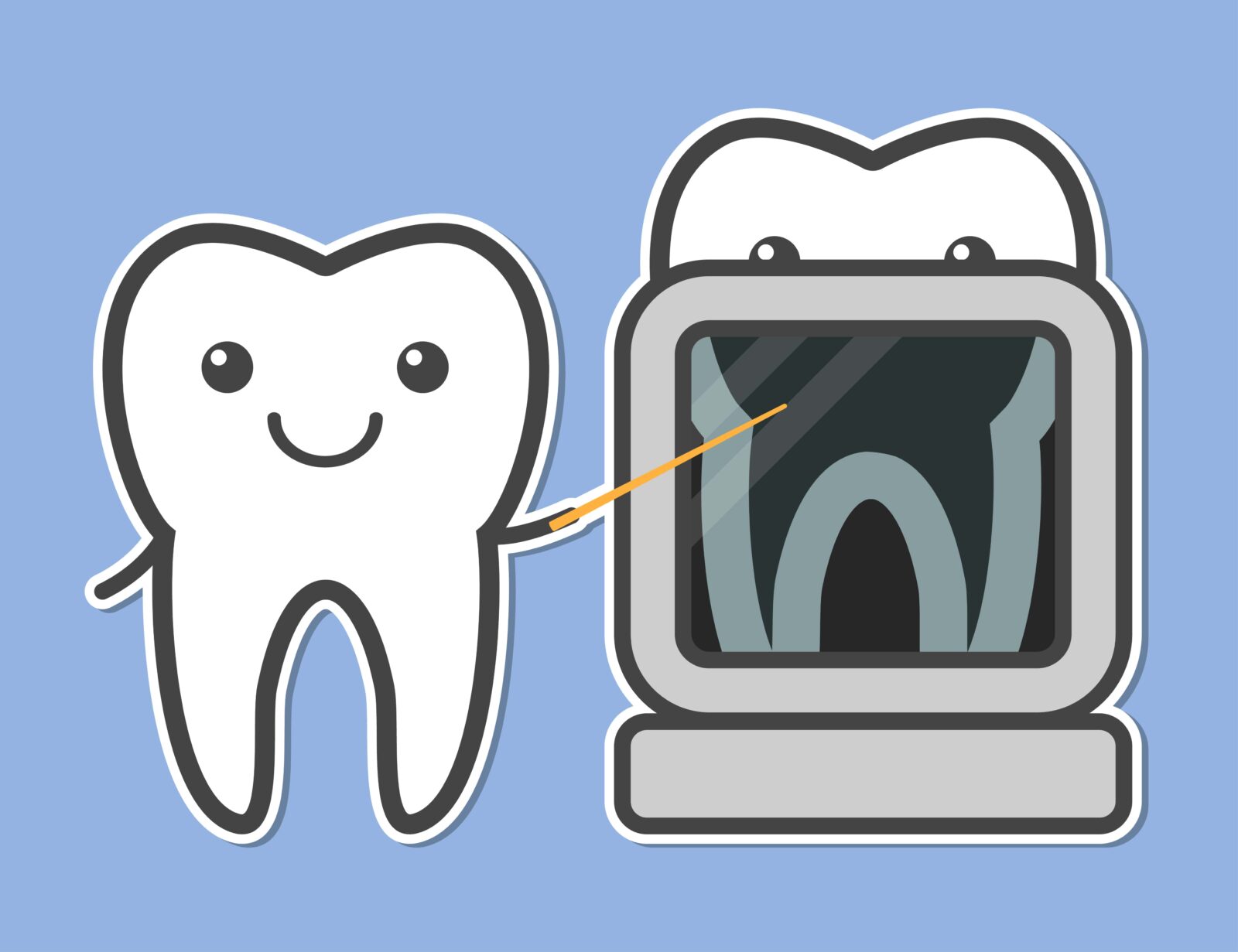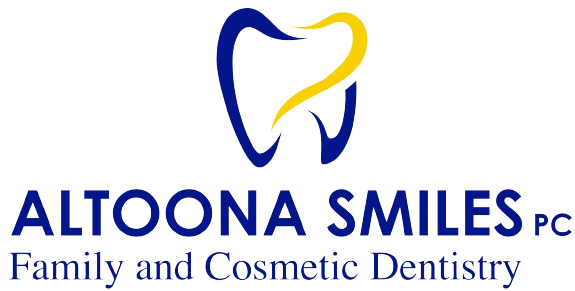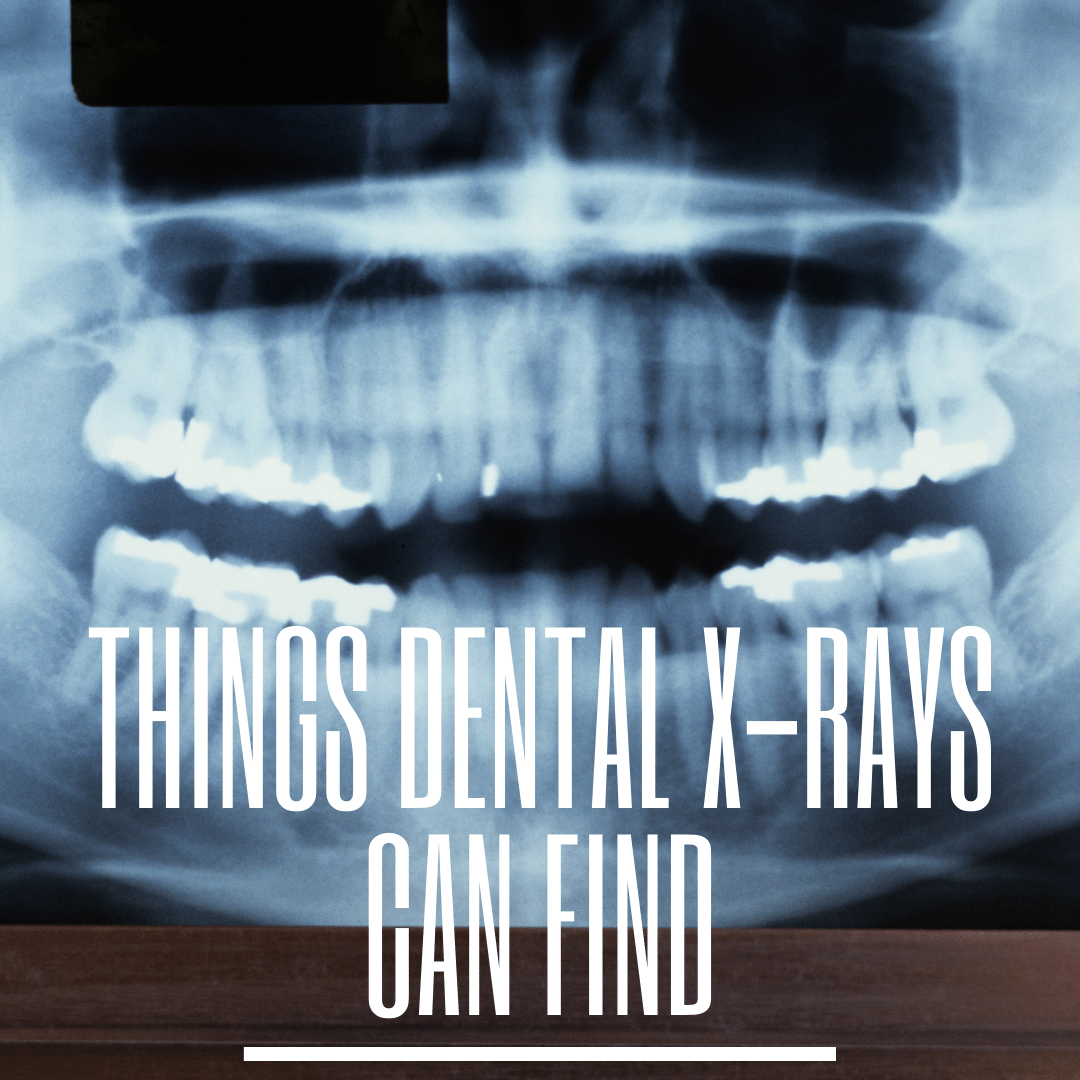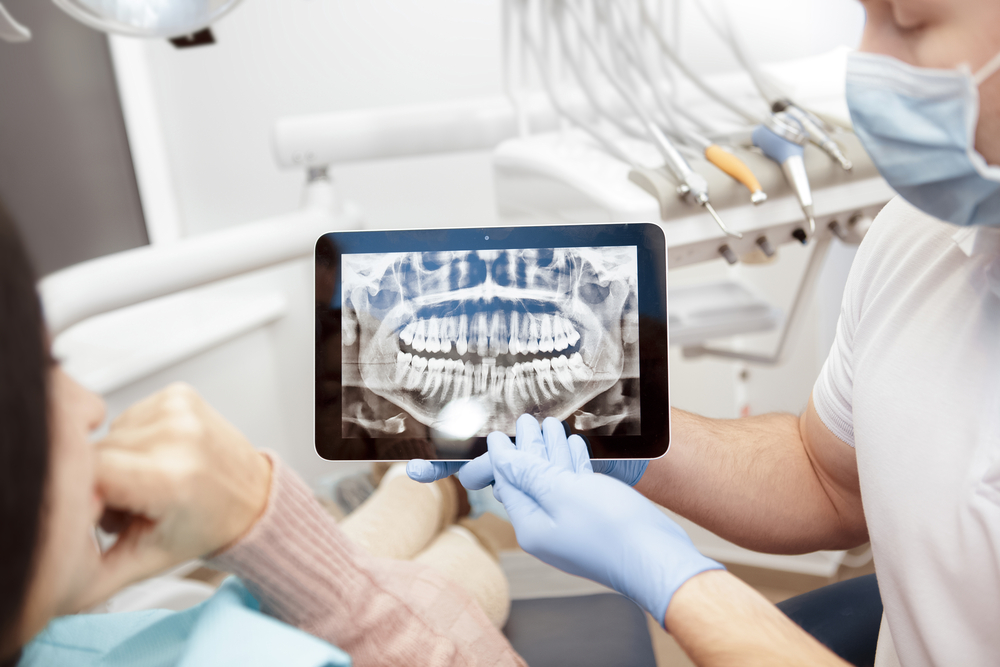Are you getting ready for your dental exam? If so, one of the things your dentist will be doing is dental x-rays. Dental x-rays are an important part of oral healthcare and they can help find problems that may not be visible to the naked eye. In this blog post, we will discuss the different things dental x-rays can find. We will also describe how they are performed and explain the different types of dental x-rays. So, if you’re curious about what dental x-rays can do, keep reading!
Dental x-rays are a type of radiograph that produces images of the teeth, and bones in the mouth. They are used to evaluate these underlying structures and find potential problems such as tooth decay, impacted wisdom teeth, fractures, bone loss, and more. Dental x-rays can also be used to assess the condition and position of the teeth for treatment planning.
There are two types of dental x-rays: extraoral and intraoral. Extraoral x-rays are taken outside of the mouth and they provide a general overview of the teeth and jaws. Intraoral x-rays are taken inside the mouth and they provide a more detailed view of the teeth, gums, and bone.
So, what can dental x-rays find? Let’s take a look at some of the most common things:
Tooth Decay:
Dental x-rays can help find cavities that are not visible to the naked eye, such as those that have formed in between the teeth or underneath the gums. They can also show how far the decay has progressed and whether it has reached the tooth’s nerve. In fact, dental x-rays can detect pulp infections before you start to experience tooth pain.
Impacted Wisdom Teeth:

Dental x-rays can show if wisdom teeth are impacted and if they need to be removed. They are also a helpful piece of diagnostic information used to plan a wisdom tooth extraction.
Fractured Teeth:
Dental x-rays can help find cracks or fractures in the teeth that may not be visible to the naked eye. In some cases, fractures in the teeth can be so small that they can only be detected through dental x-rays.
Bone Loss:
Dental x-rays can show if there is bone loss around the teeth. This is important because it can help determine the severity of periodontal disease, as well as whether dental implants can be placed. The amount of bone loss around a tooth may also tell your dentist whether a tooth needs to be extracted or not.
Faulty Dental Restorations:
Dental x-rays can help find problems with dental fillings, crowns, and other dental restorations. Unfortunately as these restorations age, they can be susceptible to leaking, which can allow bacteria to enter the tooth. Dental x-rays help your dentist determine when a dental restoration needs to be replaced.
Abscesses or Cysts:
Finally, dental x-rays can help find abscesses or cysts that may not be visible to the naked eye. This is often the case with abscesses that form at the base of the tooth roots and/or cysts that form under the gums.
In Conclusion
In this blog post, we have discussed the different things dental x-rays can find. We have also described how they are performed and explained the different types of dental x-rays. As you can see, dental x-rays are a valuable tool that can help find problems with the teeth and jaws. If you’re getting ready for a dental exam, don’t forget to ask your dentist about x-rays! And, if you have any questions, be sure to ask. Your dentist will be happy to answer them. Thanks for reading!







